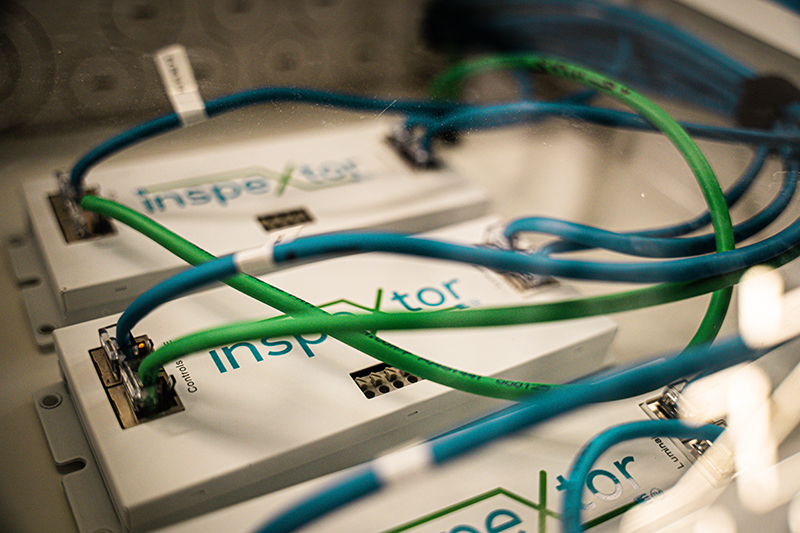 Manhattan, NY From corporate mandates to more money, companies are trying all kinds of things to bring employees back into the office. The battle may be an uphill one, given the fact that 60% of workers recently polled would be “extremely likely” to look for another job if their employer stopped allowing remote work.
Manhattan, NY From corporate mandates to more money, companies are trying all kinds of things to bring employees back into the office. The battle may be an uphill one, given the fact that 60% of workers recently polled would be “extremely likely” to look for another job if their employer stopped allowing remote work.
Software developers for MHT, a New York-based building automation firm, however, have an idea: To satisfy work-from-homers, why not make work more like home?
To bring their hypothesis to life, the developers petitioned MHT’s leadership to let them create a next-generation, ‘smart’ office in the heart of New York City. Leadership said yes, giving the developer team full rein to reinvent its space at 241 W 37th St., Suite 1202.
What Visitors Will See in the MHT Innovation Lab
MHT staff is most excited to showcase the Innovation Lab’s human-centric automations in the space. Each rides the rails of a Power-over-Ethernet (PoE) infrastructure.
PoE is typically recognized by its characteristic blue cabling, the kind hotels once used to offer in-room internet access. The cables carry power and data simultaneously. In many cases, PoE removes the need for wire housing or conduit.
PoE is on display even from the outside of the lab. Employees unlock the PoE-wired front doors from an app. Once inside, MHT’s proprietary Inspextor software recognizes employees using the app’s Bluetooth signals as they enter their private office spaces and activates custom lighting and window shade settings based on pre-set preferences.
PoE infrastructure continues into the lab’s common areas. In the main conference room, PoE-based lights, shades and sensors are monitored and adjusted through a tablet dashboard. This enables employers to set the scene for a variety of events, such as daytime presentations or nighttime entertaining, either on-demand or on a schedule.
The Green Benefits of PoE Infrastructure
Aside from the ability to customize spaces, PoE building automation empowers companies to execute on different sustainability policies. Sensors, like those placed throughout the MHT Innovation Lab, monitor things like movement, ambient light and temperature. Data is reported in Inspextor’s sustainability dashboard, providing real-time feedback. The platform’s AI engine suggests tweaks for further reducing energy consumption.
An Inspextor-based PoE installation can contribute significantly to the points needed for LEED certification, usually significantly more than a traditional line-voltage installation. Constructing or renovating with PoE lowers a building owner’s carbon footprint, not to mention overall labor and material costs.
To arrange a visit to the MHT Innovation Lab, contact Greg Silverman at [email protected].
